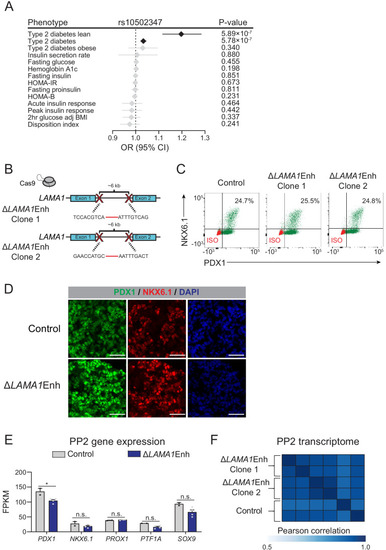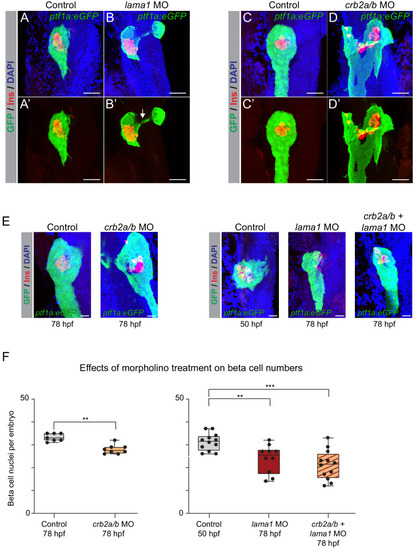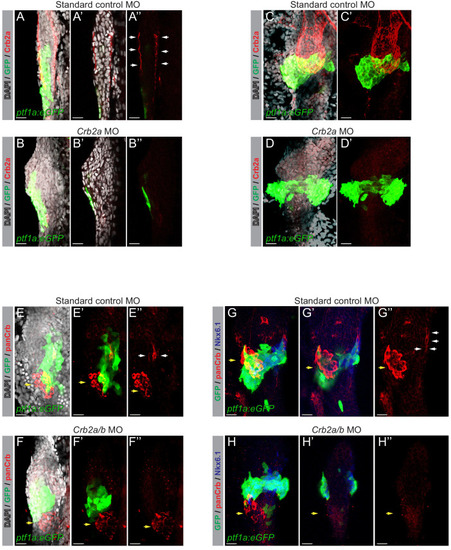- Title
-
Pancreatic progenitor epigenome maps prioritize type 2 diabetes risk genes with roles in development
- Authors
- Geusz, R.J., Wang, A., Chiou, J., Lancman, J.J., Wetton, N., Kefalopoulou, S., Wang, J., Qui, Y., Yan, J., Aylward, A., Ren, B., Dong, P.D.S., Gaulton, K.J., Sander, M.
- Source
- Full text @ Elife
|
( |
|
( |
|
( |
|
( |
|
( PHENOTYPE:
|
|
( EXPRESSION / LABELING:
|
|
Confocal images (3D rendered) of 32–34 hpf |
|
( |

ZFIN is incorporating published figure images and captions as part of an ongoing project. Figures from some publications have not yet been curated, or are not available for display because of copyright restrictions. PHENOTYPE:
|








